Increasing Environmental Awareness
The Natural Chelating Agent Market is experiencing a notable surge in demand due to increasing environmental awareness among consumers and industries. As sustainability becomes a priority, businesses are seeking eco-friendly alternatives to synthetic chelating agents, which are often harmful to the environment. Natural chelating agents, derived from renewable resources, offer a viable solution that aligns with the growing trend of green chemistry. This shift is reflected in market data, indicating a projected growth rate of approximately 8% annually in the natural chelating agent sector. Companies are investing in research and development to enhance the efficacy of these agents, further driving their adoption across various applications, including agriculture and water treatment. The emphasis on reducing carbon footprints and promoting sustainable practices is likely to bolster the Natural Chelating Agent Market in the coming years.
Regulatory Support for Natural Products
Regulatory frameworks are increasingly favoring the use of natural products, which significantly impacts the Natural Chelating Agent Market. Governments and regulatory bodies are implementing policies that promote the use of biodegradable and non-toxic substances in various applications. This regulatory support is particularly evident in the agricultural sector, where there is a push for organic farming practices. As a result, natural chelating agents are gaining traction as they comply with these regulations, making them more appealing to manufacturers and consumers alike. Market data indicates that regions with stringent environmental regulations are witnessing a faster adoption of natural chelating agents, further propelling market growth. The alignment of regulatory policies with consumer preferences for safe and sustainable products is likely to enhance the competitive landscape of the Natural Chelating Agent Market.
Rising Demand in Personal Care Products
The Natural Chelating Agent Market is also benefiting from the rising demand for natural ingredients in personal care products. Consumers are increasingly seeking products that are free from synthetic chemicals, leading manufacturers to reformulate their offerings with natural alternatives. Natural chelating agents play a crucial role in personal care formulations, enhancing product stability and efficacy. This trend is supported by market data, which shows that the personal care segment is projected to grow at a CAGR of 7% over the next five years. As brands strive to meet consumer expectations for clean and green products, the incorporation of natural chelating agents is becoming a standard practice. This shift not only drives sales but also fosters brand loyalty among environmentally conscious consumers, thereby strengthening the overall market for natural chelating agents.
Technological Innovations in Production
Technological advancements in the production of natural chelating agents are significantly influencing the Natural Chelating Agent Market. Innovations in extraction and processing techniques are enhancing the efficiency and cost-effectiveness of producing these agents. For instance, biotechnological methods are being employed to optimize the yield of natural chelating agents from plant sources, making them more accessible to manufacturers. Market data suggests that the introduction of new production technologies could reduce costs by up to 20%, thereby increasing the competitiveness of natural chelating agents against synthetic alternatives. As production methods continue to evolve, the market is likely to witness an influx of new products that cater to specific industry requirements. This technological progress not only supports the growth of the Natural Chelating Agent Market but also encourages further research into the potential applications of these agents.
Expanding Applications in Various Industries
The versatility of natural chelating agents is a significant driver for the Natural Chelating Agent Market. These agents find applications across diverse sectors, including agriculture, pharmaceuticals, and food processing. In agriculture, they are utilized to improve nutrient availability and enhance soil health, which is crucial for sustainable farming practices. The pharmaceutical industry employs natural chelating agents for drug formulation and detoxification processes. Market data suggests that the agricultural segment alone is expected to account for over 40% of the total market share by 2026. This broad applicability not only increases demand but also encourages innovation in product development, as manufacturers strive to create tailored solutions for specific industry needs. As industries continue to recognize the benefits of natural chelating agents, the market is poised for substantial growth.


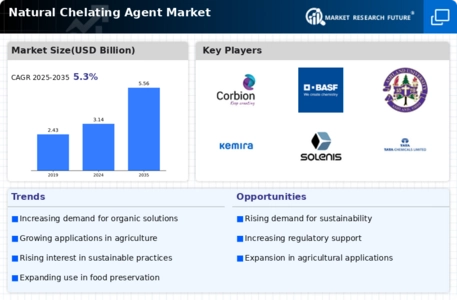
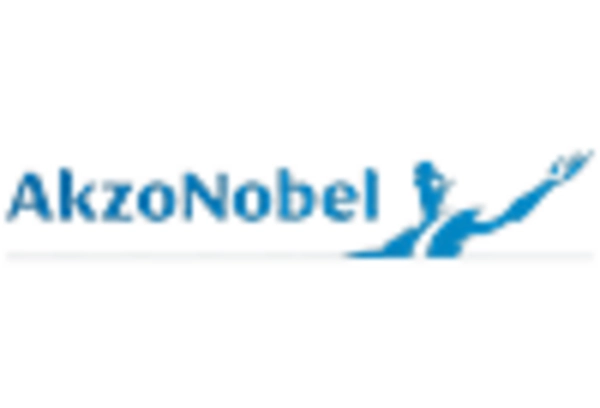

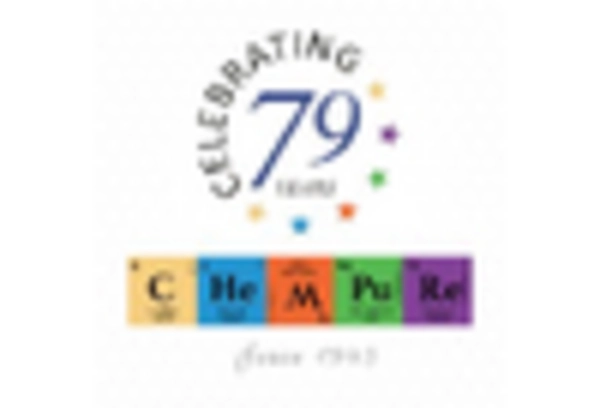
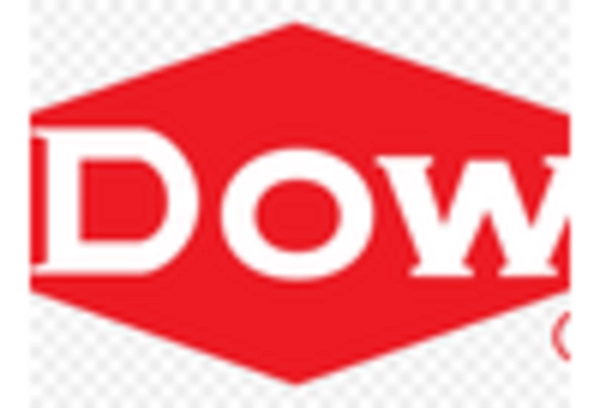
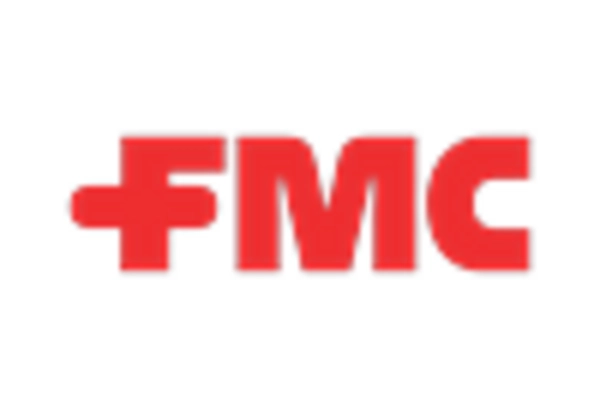
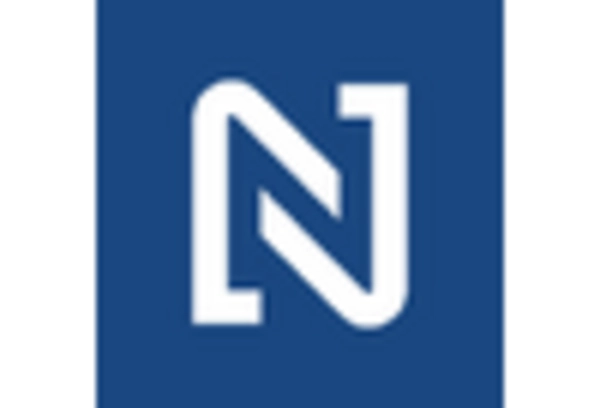








Leave a Comment